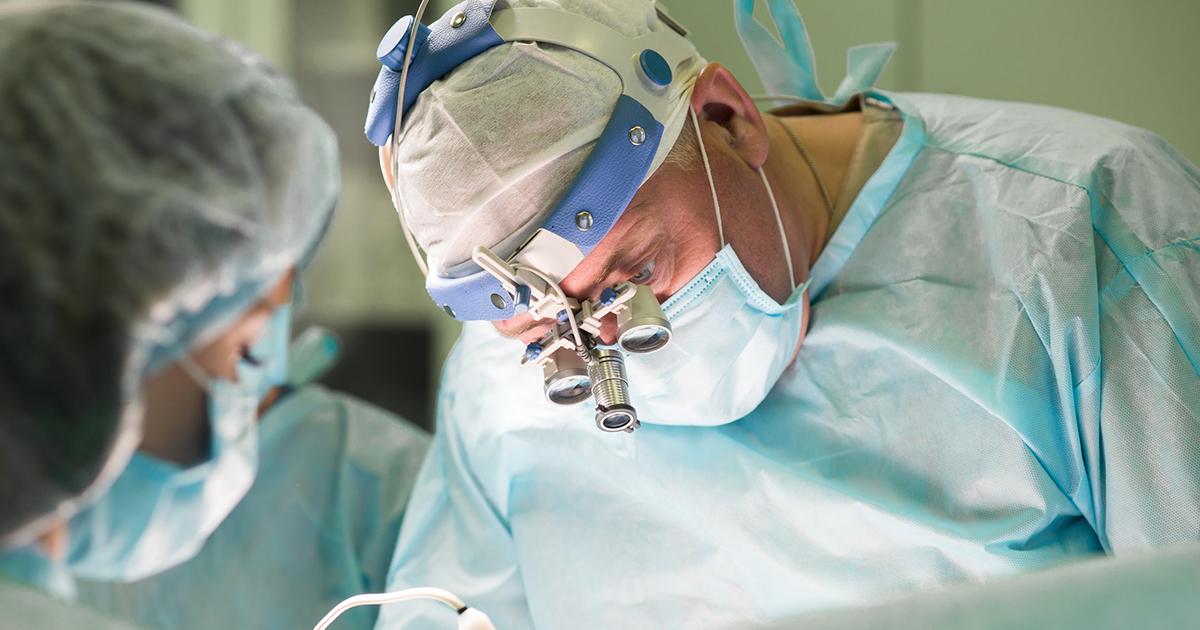Causes Of Osteolysis
Joint Replacement

Over the last twenty years, complications from hip replacement and other joint replacements have markedly decreased. Unfortunately, bone loss problems such as periprosthetic osteolysis and aseptic loosening still occur more often than medical professionals would like. Periprosthetic osteolysis occurs more often than all of the other types of complications from joint replacement surgery combined, and account for a large number of replacement revision surgeries. Bone loss from periprosthetic osteolysis occurs as a secondary biological reaction to debris particles that come from wear and tear on joint implants.
Several methods are used to reduce the occurrence of osteolysis after joint surgery, such as changes in the makeup of the materials of the prosthetic joint as well as the ingredients in the cement used to fix these joints into place.
Keep reading to learn more about the various causes of osteolysis.
Abnormal Bone Growth

Bone growths like tumors and cysts, which can be both cancerous or noncancerous, are a part of osteolysis. Some of these growths originate in the bone, while others, namely secondary tumors, start out as malignancies elsewhere in the body and metastasize. The typical locations for primary tumors, whether malignant or benign, are on the distal femur and the proximal tibia. Secondary bone tumors are all metastatic lesions spreading from carcinomas of the breast, prostate, and lungs. Pain is the common symptom of these types of abnormal bone growths, but some individuals may not experience any sign other than a bump or mass. Other symptoms are fever, weight loss, anemia, fatigue, and bones that break for no apparent reason. Sometimes bones break with osteolysis because the abnormal growth makes the adjacent bones weaker.
It's time to learn about more causes of osteolysis. Keep reading now.
